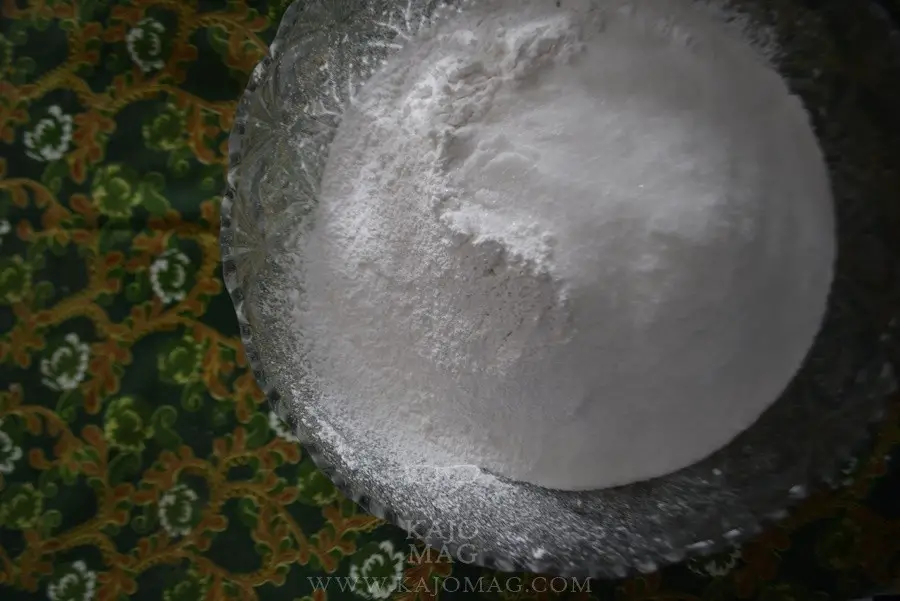Located about 156km from Sarawak’s capital Kuching, Engkilili is a humble town in the district of Lubok Antu, Sri Aman.
According to Chang Pat Foh in Legends and History of Sarawak, the bazaar was first established in 1888.
By 1920, there were 12 attap shop-houses in the bazaar.
The name of the bazaar was likely derived from a local fruit which was found in abundance in the olden days.
The Engkilili tree (Lepisanthes alata) is also commonly known as pokok ceri Terengganu or Malay cherry.
The tree can grow up to 15m high with flowers that come in purple to reddish brown.
Besides Borneo, the Engkilili tree can also be found in Sumatra, Java and Peninsular Malaysia.
Early Chinese Settlements in Engkilli

In 1854, a group of Chinese Hakka came to Engkilili from Pontianak and Sambas in Kalimantan, Indonesia.
Led by Bong Chie, the group came through Tebedu, passing through Tebekang and from there to Engkilili.
According to Alex Ling in Golden Dreams of Borneo, the move was inspired by a medium, who told them in a trance that it would be safer for them to move to Engkilili in the future.
True enough, the Dutch administration was reportedly harassing this community, forcing them to make the move faster than expected.
Originally, this group of mainly Hakka migrated all the way from four districts (Tapu, Chia Ying, Huilai and Kityang) in Kwantung Province of China before they arrived in Borneo.
By September 1870, according to Sarawak Gazette there were 450 Chinese settled down mainly at Marup, Engkilili.
During that time, the gold mining industry was booming in Marup. The gold miners formed the Fifteen Kongsi at Marup to run their daily administration.
Then in 1917, another wave of Chinese immigrants came to Engkilili. Unlike the Hakkas, the Teochews worked mainly as traders at the bazaar.

A visit by Italian botanist Odoardo Beccari
The Fifteen Kongsi had a house which also functioned as the administration office, gathering space, as well as guesthouse.
In fact, one of the earliest records of Marup from the 19th century was written by Italian botanist Odoardo Beccari.
He spent three years in Borneo from 1865 to 1868. Most of his experiences were recorded in his book Wanderings in the great forests of Borneo, travels and researches of a naturalist in Sarawak (1904).
Of Marup, Beccari wrote, “Marop is a Chinese village, placed in a small valley surrounded by low hills. The stream from which it takes its name runs through it, supplying an abundance of cool limpid water, and giving off a minor torrent which dashes merrily amidst the houses. The village was very clean; most of the houses were made with mats or palm leaves, but the big house, or residence of the Kunsi, the headman of the Chinese, in which I took up my quarters, was almost entirely built by wood.”
More importantly, he recorded some of the species found in Engkilili in those days. These included the hyacinth orchid (Dipodium sp.), monkey (Semnopithecus rubicundus), orangutan and Rajah Brooke’s birdwing.
Beccari also noted that Marop was an excellent station for a zoologist but a poor one for a botanist. This was because the forest in the area had been mostly cleared for paddy planting.

The rise and fall of Fort Leonora
Like most settlements built during the reign of the White Rajahs of Sarawak, Engkilili has its own fort.
However unlike most Brooke’s forts which were built for defence purposes, the one in Engkilili was designed as an administration office.
Built in 1924, the fort was named Fort Leonora after Vyner’s eldest daughter, Dayang Leonara Margaret.
Since it was built, the fort served different purposes over the years. When the Japanese took over Sarawak during World War II, the fort was used as the kempeitai’s office.
Then during the colonial period, the British colonial officers used it as their office. Later during Indonesia-Malaysia Confrontation, Fort Leonora was turned into an army base for the Commonwealth forces.
Despite its rich history, the original building was torn down and was rebuilt. Today it is the Engkilili Sub-District Office.
The only known photo of Fort Leonora belonged to Brian Houldershaw which was taken in 1965.
























































